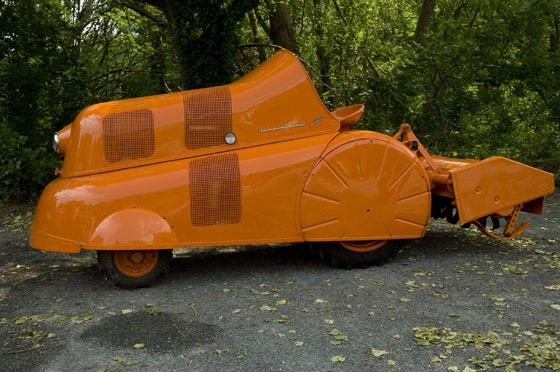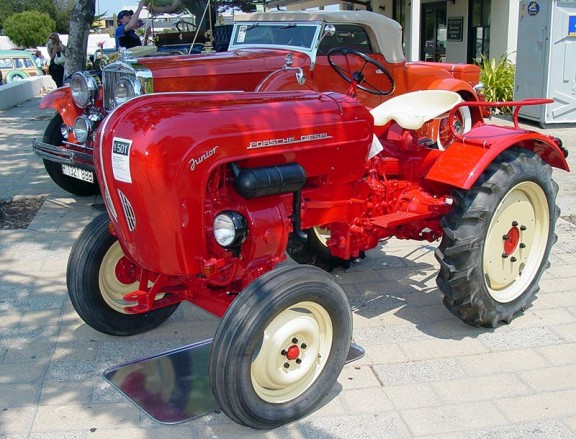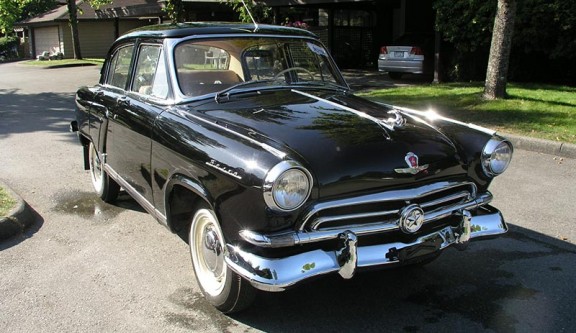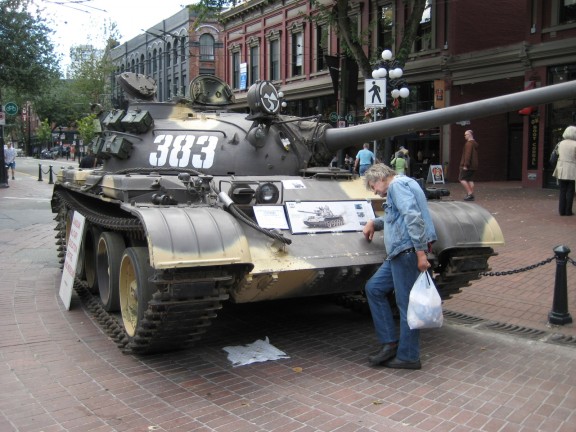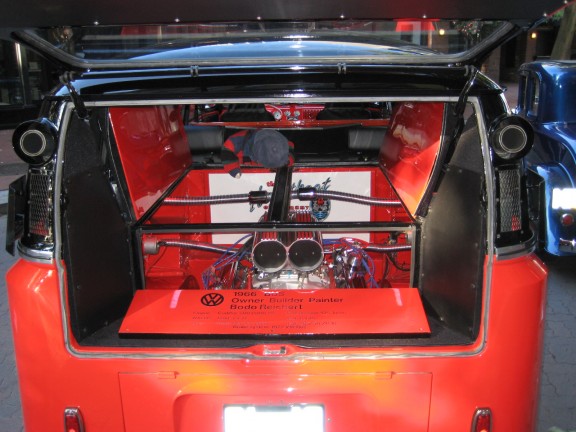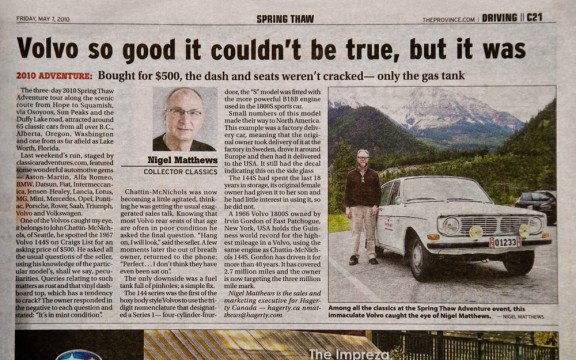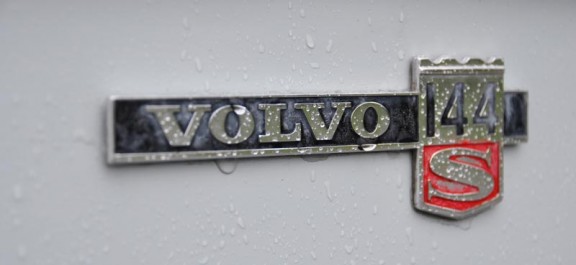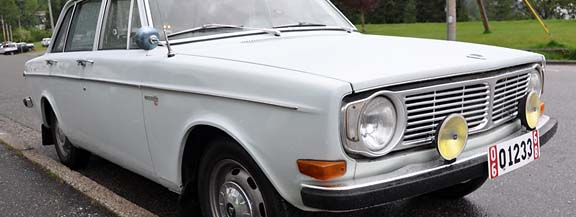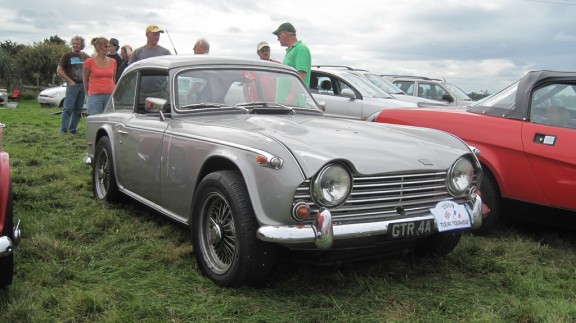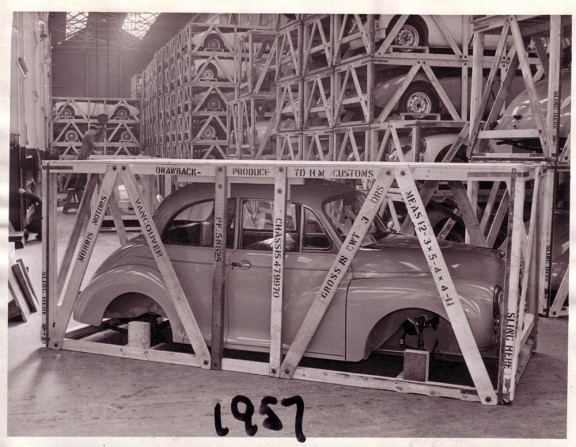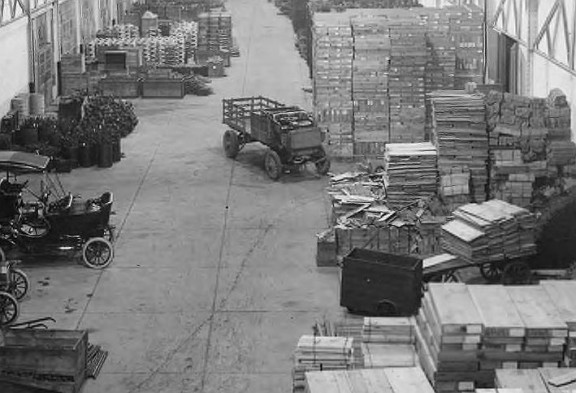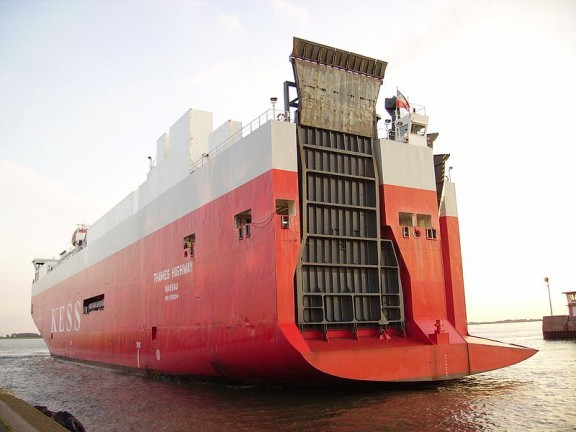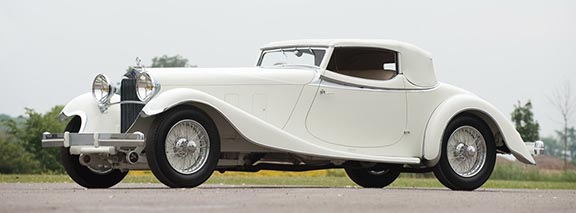
By Nigel Matthews with Philip Powell
For the first time in the Pebble Beach Concours d’Elegance’s 60-year history a white car won the best of show award in 2010.
A 1933 Delage took the honour at the prestigious Carmel, California, event and to be perfectly honest, I did not think the white colour scheme was going to pull it off. However, the car looked stunning and simply glistened all day on the 18th Fairway with a non-stop crowd milling around it.
A car that was born in the depression and restored in the recent recession, the Delage D8S certainly gives a new meaning to the phrase elegance.
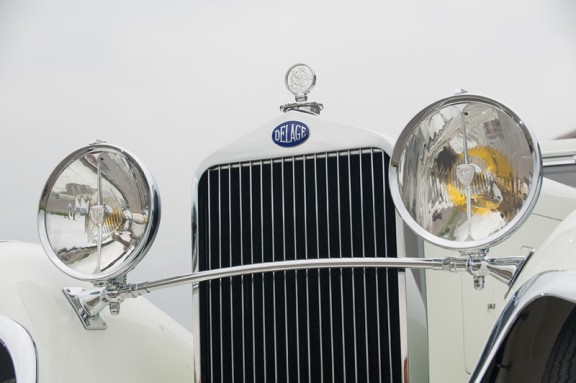
In January of this year, at the request of Jim Patterson of Louisville, Kentucky (not to be confused with Jim Pattison of B.C.) I flew to Blenheim, Ontario to the RM Restoration workshops to view and document his one-off 1933 Delage D8S de Villars Roadster.
Patterson had purchased the car at the RM auction in Monterey during August of 2007 for $3.74 million dollars. The car was very nice and had undergone a recent restoration but it was not up to the exacting standards of the Patterson collection, which consists of numerous curvaceous French automobiles, filled with outstanding examples from Bugatti and Delahaye, as well as Delage.
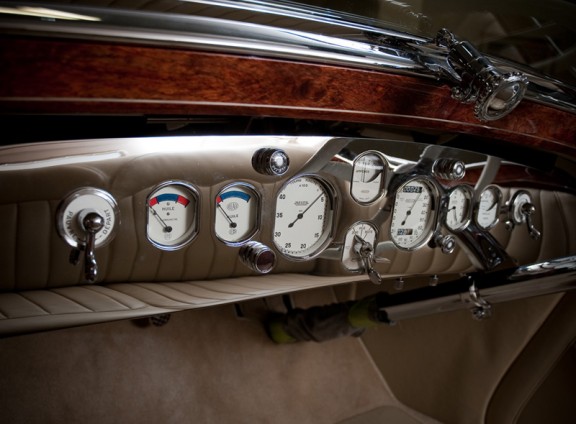
Intrigued by the restoration process, Patterson thoroughly researches each vehicle’s history, and then ensures that the restoration is correct in every detail. In this instance, the vehicle’s provenance is both distinguished and brief, beginning with first owner Aurelio Lerroux, the son of Alejandro Lerroux, then Prime Minister of Spain. The second owner was a Sr. Rico, friend of Aurelio Lerroux and the brother of the mayor of Madrid.
The car then passed to the Gran Hotel Velasquez in Madrid where, oddly, it served as VIP transportation for several years. Later, it was put into storage, hidden from curious eyes for some 40 years, having had just three owners. For sheer glamour, few could have matched the 1933 Delage D8S Roadster, which was the star of the 1934 Paris Auto Salon, it then went to the Delage showroom on the Champs d’Elysees where it was advertised for over 100,000 francs, an exorbitant price in those years.
That the car was a prototype is confirmed by the Coachbuilder concept drawings, which are still with the car. Clearly, Carrosserie deVillars seized a one-time opportunity to showcase their daring concept on the new D8S chassis -the most exclusive and powerful Delage had to offer. The result is a masterpiece, the finest work presented by two of the most innovative French companies of that era. Fortunately, the car’s designers were given an outstanding platform on which to apply their artistry.
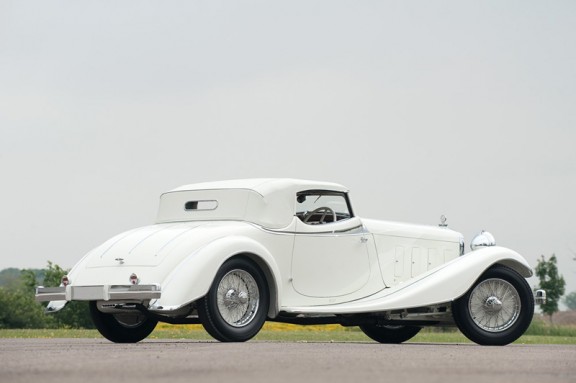
The D8S was a marked improvement of Louis Delage’s D8 masterpiece, with a lightened and lowered chassis, a shorter 130″ wheelbase, and an upgrade of the D8’s in-line, 4-litre pushrod overhead valve straight eight to 145 bhp @ 4500 rpm, enough to make it quicker than a blown Bentley of the period.
During the early stages of development, the engineering team was also designing a new military aircraft engine. Deciding to link the two, Delage asked his staff to produce a cylinder head with specially made short springs located next to the valves to help prevent breakage. Even the D8S carburetor was an aviation type, surrounded by heated oil to avoid icing. Interestingly the coil and distributor are from Delco-Remy rather than French supplier Marchal. The brakes are cable-operated although, unusually for the period, they’re vacuum assisted. All of these unique engineering features remain as originally installed and have now been restored to as new condition by the skilled RM craftsmen.
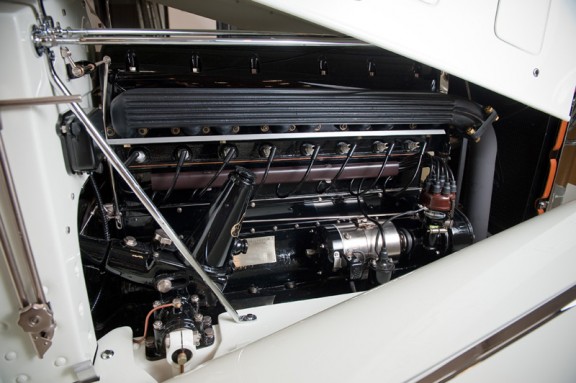
One of the design objectives was to make the hood as long as possible, allowing nothing to interfere visually with the unbroken sweep from radiator to windshield. Typical cowl vents would have marred the effect and so vents were slotted in under the hood, opening into the cowl area to supply fresh air to the cockpit.
A foolproof system assured that the vents aligned with the hood opening mechanism to prevent damage. As a further example of attention to detail, the jack is mounted securely to the steering box. A handy wrench is attached to the fuel pump. Even the headlamps are a work of art, with diffuser lines worked into the silver-plated bowls.
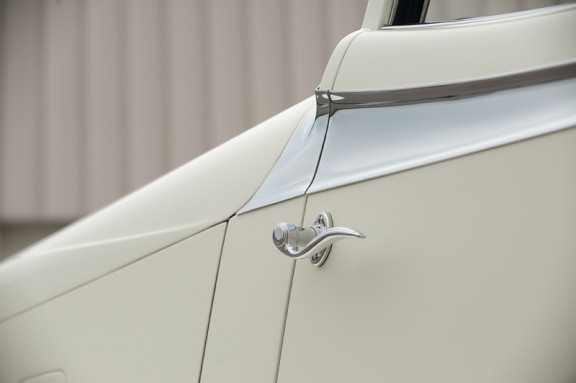
However, it seems likely that they succeeded in designing a car equally impressive with the top up as well as down. Inevitably not everything is what it seems in a restoration of this kind. For example, when Don McLelland, the Project Manager first examined a photo from the Paris show it became apparent that the body chrome mouldings were originally concave in shape. Yet the current mouldings were convex. As the crew disassembled the car, they noted that the structural wood below the surface of the steel skin actually had cut-outs and grooves placed by the coach-builder to fit concave mouldings. RM removed several fill-in wood pieces and repaired the steel door skins to allow sufficient room, then accurately reworked the mouldings.
Patterson’s Delage D8S has now been returned to its original white colour scheme though the finish is extraordinary, even for a renowned classic.
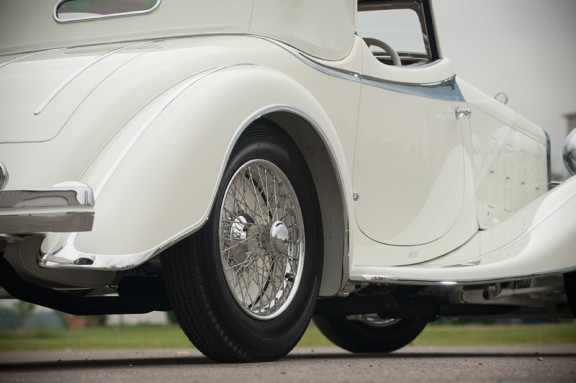
Writing this story and having it published in my name prior to the Pebble Beach Concours d’Elegance presented a problem. I judge at the event and had to distance myself from any conflict of interest, despite not judging that particular class or having a best of show vote, it was simply the right thing to do. Philip Powell and I worked on this project and article and I’m happy to bring this to you today.
Philip Powell is the host of Marque1.com and Nigel Matthews is the sales and marketing executive for Hagerty Canada
[nggallery id=5]
